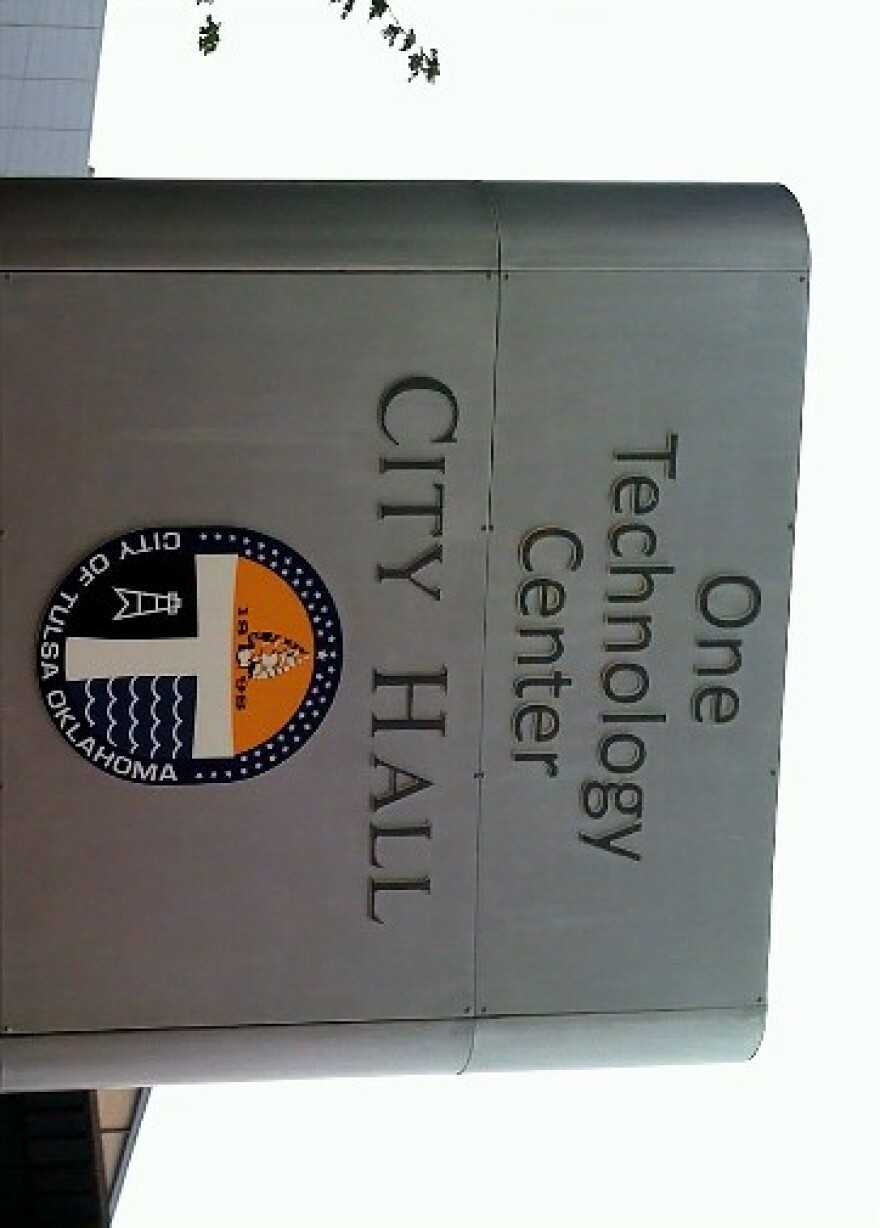Tulsa’s Vision task force turns to demographics to get ideas for capital projects.
Dan Arthrell with the Community Service Council said the focus is simple.
"In terms of where to spend time looking for capital improvements, look to where the children are, and where they're going, where they're coming from," Arthrell said.
Arthrell said many things can be made safer for Tulsa children, especially in areas of the city with faster population growth. For example, areas of east Tulsa with a quickly growing population of school-age Hispanic children lack sidewalks they need to safely walk to school. In some cases, those kids may not go to school if they can’t get there safely.
The Community Service Council ran Tulsa’s Vision task force through the area’s latest demographic trends.
"We really think the capital improvements ought to be, obviously, focused on what they do for the people of Tulsa," Arthrell said. "So linking, particularly thinking about linking the people with their needs."
He said investments in highways, sidewalks and public transit will help Tulsa’s low-income populations access health care, education and jobs, and shop for basic needs.
Jan Figart with the Community Service Council said while Tulsa’s older population isn’t buying much, young Tulsans with families may spend all their income.
"So the focus on those things that generate sales tax revenue would also be those things that are interesting to the young people," Figart said.
So, if the Vision task force is going to propose projects to capture more sales tax revenue, it should go where the young families are. Demographically, that won’t be downtown or midtown.
Tulsa’s population growth is strongest among Asians, blacks and Hispanics, which would mean a focus on north and east Tulsa.



